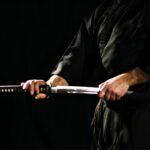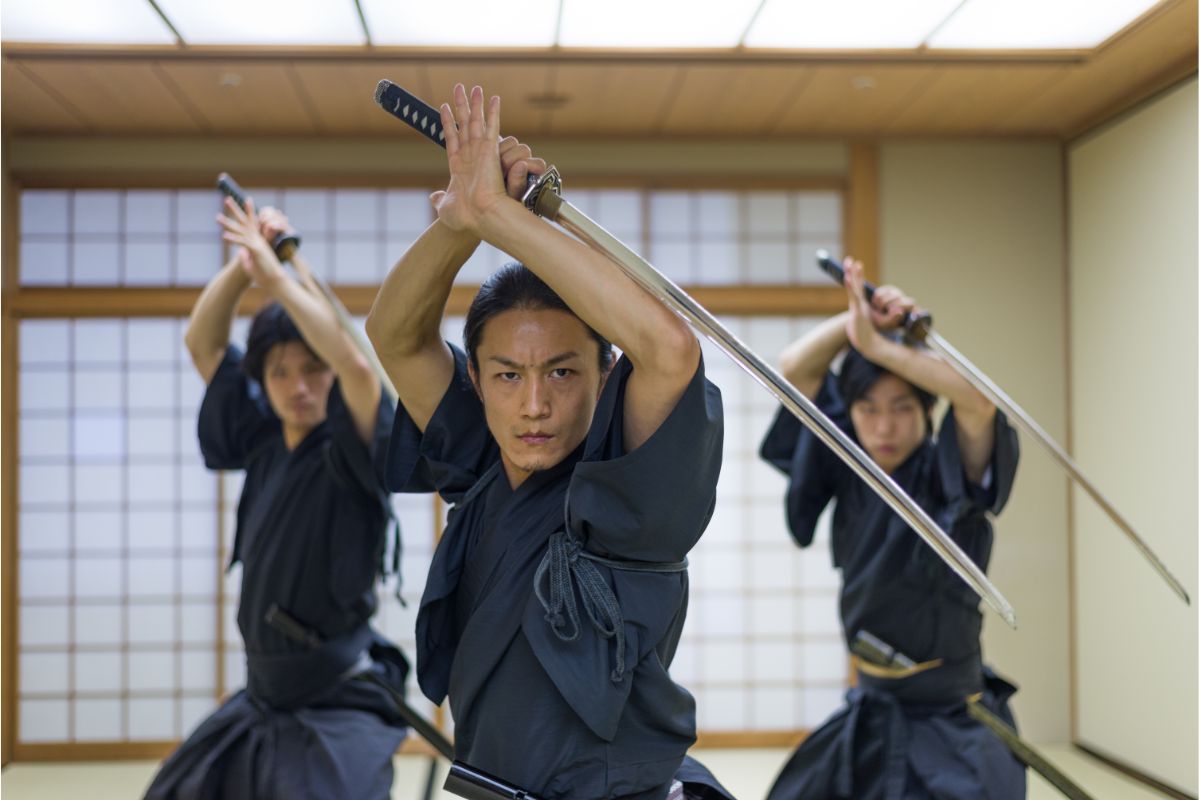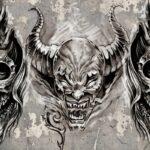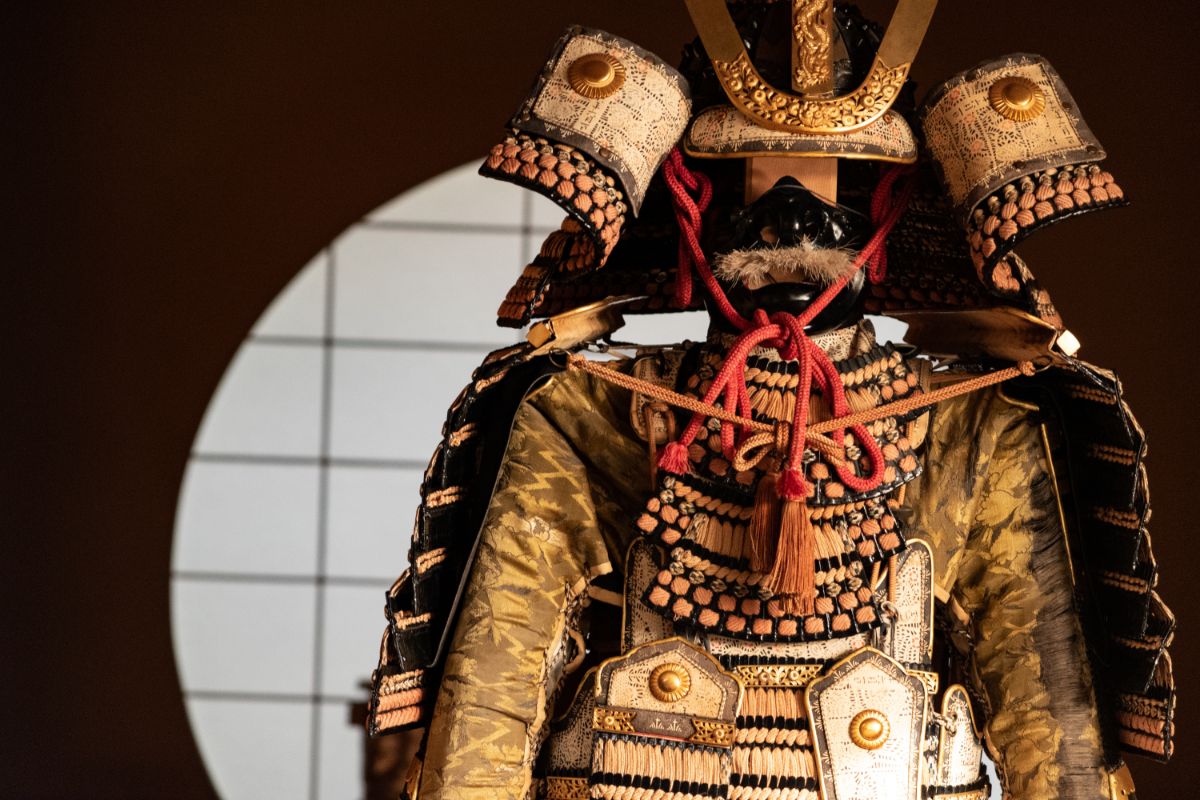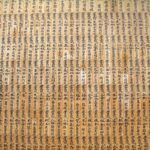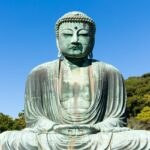There are many aspects of Japanese mythology that have spread across the wider world.
From Samurai wielding legendary blades to snake-like dragons that breathe fire—these stories have been embedded into our collective consciousness.
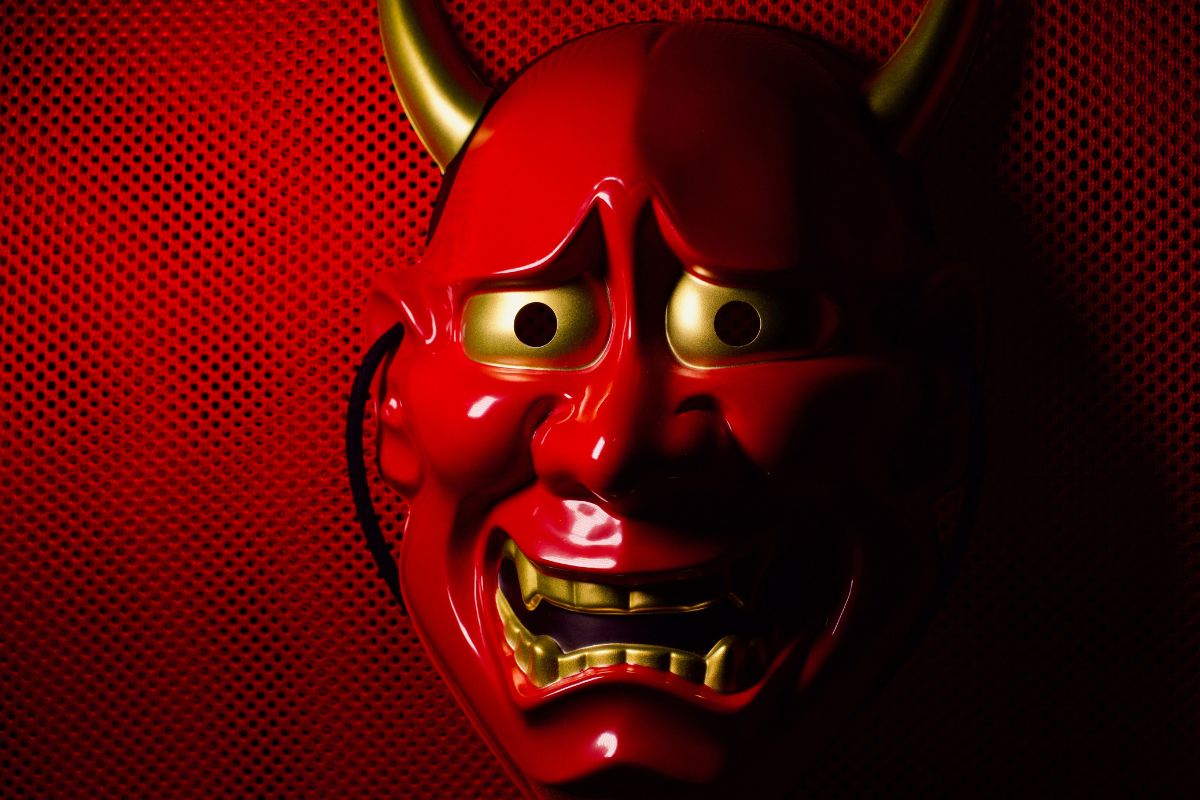
One of the most commonly known aspects of Japanese mythology is the concept of the ‘Oni.’
But what exactly is an Oni, and what do they represent within Japanese culture? You’ve probably heard that they are the Japanese form of demons, but that’s only the start of the story.
If you want to know more about them, you’ve come to the right place! In this article, we’re going to give you a comprehensive overview of the Oni and how the part they play in Japanese mythology.
We’ve also included a short FAQ to help answer any questions you may have at the end.
What Are The Oni?
The Oni are figures in Japanese mythology and folklore most similar to demonic spirits. Depending on the story, they can be described as a demon, an ogre or a troll.
Although they are most like these figures from European folklore, they aren’t exactly synonymous.
Oni are typically portrayed as negative figures within folklore. They are known to torment heroes, killing and eating them, and are often portrayed as monstrous figures wearing tiger pelt loincloths and carrying large iron clubs.
Oni fall under the umbrella of a ‘Yōkai’ which is a name that incorporates all different kinds of Japanese spirits.
Oni are undoubtedly one of the most important parts of Japanese folklore. They are the antagonists of many stories and usually something for a hero to overcome.
When you consider the role of an Oni in the metaphorical aspects of these stories, they represent inner demons for heroes to battle and get the best of—much like how demons represent negative emotions in European folklore.
What Are Yōkai?
Yōkai is a word that combines two Kanji symbols meaning ‘attractive,’ and ‘apparition.’ This is a great way to describe them, for they are spirits that are anything from mischievous to evil.
However, these spirits can also be positive forces within stories, and often walk the line between good and evil.
Oni are considered to be Yōkai, however, they are just one in a long list of different spirits. Some of the most common Yōkai found within Japanese folklore include:
Obake: Shapeshifters, creatures who often turn into human form in order to play tricks on humans and heroes within stories.
These creatures usually have a base animal form, with some of the most common being foxes, raccoons, and cats. Obake are generally considered much less dangerous than the Oni.
Tsukumogami: This is a more whimsical form of Yōkai, consisting of inanimate objects that come to life. On their 100th birthday, these regular objects (often common household items) become self-aware and able to walk around and talk.
Tengu: These are another kind of Yōkai that are perhaps as notorious as Oni. Tengu are bird-like creatures who walk the line between a positive and negative force within the world.
In traditional mythology, they typically take the form of humans in order to trick people into trusting them.
Kappa: Kappa are aquatic monsters that lurk in rivers and like to drown travelers. You can think of them as a great way to warn small children not to swim in deep waters—and this is probably the reason why they were originally created.
So as you can see, there are lots of forms of Yōkai and Oni are just one of them.
However, it‘s worth stating that Oni are generally seen as some of the most malevolent of all the Yōkai, with some specific demons being notorious for their cruelty and cannibalism.
The Legend Of Shuten-dōji
One of the most infamous Oni comes from the Legend of Shuten-dōji. This character is considered the King of the Oni.
It’s an old story and there are a lot of different versions, but Shuten-dōji is generally considered to have once been a normal man. His story goes like this:
Shuten-dōji was an unusually intelligent and capable boy, after being shunned by his peers and orphaned, he became an apprentice to a priest at Mount Hiei.
He didn’t fare much better here, and was notorious for his love of alcohol, causing the monks to nickname him ‘Shuten-dōji’ which translates to ‘The Little Drunkard.’
His transformation into an Oni came when he appeared drunk at the temple festival. He placed an Oni mask on his face and used it to play tricks on the priests.
After he’d had his fill of scaring the priests, he tried to take the mask off of his face but found that it was now stuck to his face.
From here he fled to the mountains and lived as a feral demon, terrorizing the locals and falling deeper into drink.
For the longest time, Shuten-dōji was a bandit, and attracted a crew, eventually becoming a king.
It took a long time, but eventually, he and his crew became Oni. They found permanent residence on top of Mount Ōe in a castle.
The tale then switches to how Shuten-dōji was eventually defeated. A party of heroes led by the fabled Minamoto no Yorimitsu lay siege to his castle and poisoned his oni followers.
Then, they cut off Shuten-dōji’s head, which continued to move and try to bite Yorimitsu. His head was then buried in a mountain pass and the legend is that it is still alive beneath the earth to this day.
Final Thoughts
So to conclude, the Oni are closest to demons in other parts of the world. They are terrible figures who terrorize Japanese folklore and are generally considered to be evil.
The legend of Shuten-dōji is a story that explains the life and eventual downfall of one of the most notorious Oni, but they also commonly appear in other traditional stories.
We hope that this article has told you all you wanted to know about the Oni. If you still have some questions, make sure to keep reading for our short Frequently Asked Questions Section.
Frequently Asked Questions
How Can A Person Become An Oni?
In Japanese folklore, any person has the potential to become an oni, however, this only happens in scenarios of great distress or dishonor.
If you follow some of the most common Shinto myths, the part of a person’s soul known as ‘aramitama’ can transform into an Oni if that person has been terribly wronged or insulted.
Why Do People Wear Oni Masks?
Over the years, Oni masks have been used in Japanese culture to represent a lot of different things.
They are used in theatre, in religious ceremonies (usually to help dissuade any demons that might be lurking) and in the modern day, they are used as a cool costume for a variety of different occasions.
For the most part, people now consider Oni to be symbolic creatures, so there is a lot less superstition about wearing clothing usually attributed to them.
- How Much Money Can You Make Teaching English in Japan? - December 12, 2022
- The Best Places to Teach English in Japan - December 9, 2022
- The Best Credentials for Teaching English in Japan - December 8, 2022

